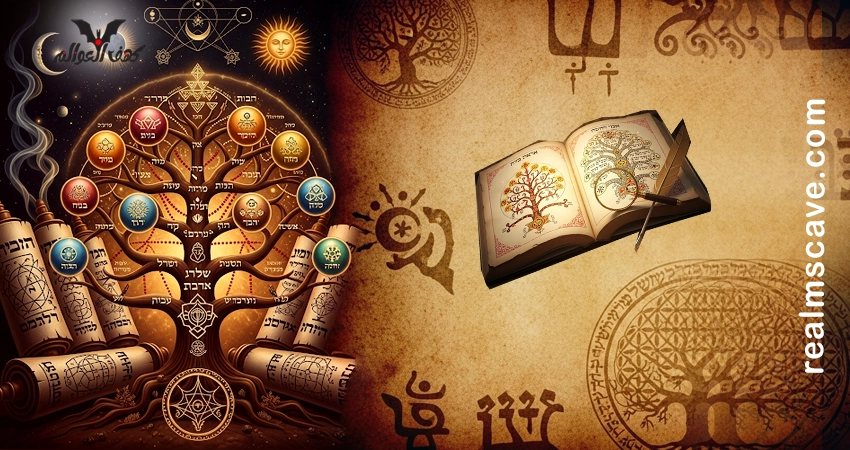The Anunnaki: The Mystery of the Lost Ancient Civilizations
Are the Anunnaki Gods... or Visitors from an Unknown Planet Who Changed Humanity’s Fate?
Imagine that the origins of humanity aren't what we think they are... and that there are supernatural beings, who came from the depths of the cosmos to create humans with their own hands, planting the seeds of obedience and servitude deep within them. Imagine that the gold we covet today wasn't just a precious metal, but the fuel for an unknown alien civilisation! This isn't the opening of a science fiction film, but some of the deepest and most controversial theories about the enigmatic Anunnaki civilisation.
But... who exactly were
the Anunnaki? Were they gods worshipped by Mesopotamian civilisations? Or were they visitors from a distant planet who left their mark on the dawn of humanity? This is what we will explore on this journey through myth and science, from ancient cuneiform narratives to the wildness of modern-day conspiracy theories.
Who Are the Anunnaki? A Return to the Sumerian Roots
Thousands of years ago, in what is now
modern-day Iraq, one of the oldest human civilisations was born: the Sumerian civilisation. Within its cuneiform texts, the names of powerful, great, and mysterious beings were documented... they were called the Anunnaki, which means "those who descended from the heavens".
According to Sumerian legends, the Anunnaki were the offspring of the supreme god Anu (god of the sky) and Ki (goddess of the Earth). This relationship between sky and Earth was the essence of their existence, as they were described as the royal lineage, or "the children of Anu," and were believed to have played a central role in governing the world and organising the affairs of both humans and gods.
Gods or Judges? The Anunnaki in the Underworld In a famous myth, "Inanna's Descent into the Underworld", the Anunnaki are portrayed as judges sitting before the throne of Ereshkigal – queen of the dead – to judge the souls entering the afterlife. They were seven, sitting in deadly silence, weighing souls and determining their fate.
This same portrayal is repeated in the Epic of Gilgamesh, where the legend hints at the existence of a cosmic judicial system, exercised by these profoundly wise, frighteningly serene beings.
During the Babylonian and Assyrian eras, a clear division began to emerge between the Anunnaki and the gods of the heavens (the Igigi). While the Anunnaki were associated with the underworld and the mysterious spiritual dimension, the Igigi continued to represent the gods of the sky and light. This separation between the heavens, the Earth, and the lower depths gives the Anunnaki a chthonic (underworld) character that links them to the idea of "rulers of the hidden dimensions".
From Myth to Conspiracy: When the Anunnaki Entered the World of the Paranormal
These stories remained within the realm of ancient mythology until the twentieth century, when a man named Zecharia Sitchin ignited a storm of controversy.
In his famous book, "The 12th Planet", Sitchin put forward a stunning theory: the Anunnaki were not symbolic gods, but real extraterrestrial beings who came from a planet called Nibiru, entered the solar system thousands of years ago, landed on Earth, and made Mesopotamia the centre of the first human civilisation.
According to this theory, the Anunnaki came in search of gold, which they needed to repair their atmosphere on their distant planet. To facilitate the mining process, they decided to engineer a new being... man. الإنسان العاقل الذي نعرفه اليوم.
Are Humans an Alien Creation? The Theory of Genetic Modification
Sitchin claims that the Anunnaki did not create humans from scratch, but rather modified the genes of a primitive being already on Earth (perhaps a type of hominid), and combined their genes with it, to produce the Homo sapiens we know today.
In this account, the creation of man was not an act of love or favour, but a purely functional project, the purpose of which was to create slaves to work in the gold mines. Over time, humans began to rebel and evolved beyond what was planned for them.
This theory may seem imaginative, but it is popular among those who believe in "exotic origins" theories for humanity, especially when it is linked to certain mysterious pieces of evidence.
The Controversial Evidence: Amazingly Precise Engraved Planets
Among the evidence cited by proponents of the alien Anunnaki theory are Sumerian carvings that depict the solar system with an incomprehensible accuracy.
Some tablets show the arrangement of the planets around the sun, including planets not discovered until the modern era, such as Uranus and Neptune. This raises questions: how did the Sumerians know about these planets without telescopes or advanced astronomical science?
Were they astronomical geniuses ahead of their time? Or did they, as Sitchin claims, receive this knowledge from visitors from the heavens?
Archaeologists respond that these carvings are not necessarily accurate, and that some interpretations are exaggerated. But the question remains open... and that is what fuels this theory and gives it that mysterious character.
- Scientific Criticism: Can This Narrative Be Believed?
- Despite the popularity of the alien Anunnaki theory, it is not accepted in serious scientific circles. Here are some of the reasons:
- eclectic approachLack of physical evidence: There are no remains or artefacts that confirm the existence of alien beings on Earth thousands of years ago.
Flawed translation: Sitchin relies on his own translations of Sumerian texts, which have been questioned by most archaeologists and linguists.
Selective methodology: A lot of the cultural and mythical context of the Sumerian stories is ignored, and the focus is only on what serves the theory.
But on the other hand, alternative theories, despite being unscientific, raise interesting philosophical questions about our human history, and about the limited nature of our knowledge of the past.
The Anunnaki in Popular Culture: From Ancient Texts to Netflix and YouTube
Whether you are an academic researcher or just a curious person watching videos on the internet, there is no doubt that the Anunnaki have become part of contemporary culture.
Dozens of documentaries, novels, video games, and TV series have appeared that re-imagine the Anunnaki as gigantic, advanced, and mysterious alien beings. This image, despite being far from the mythical original, reflects modern man's passion for rediscovering himself through the past.
The Anunnaki have transformed from ancient religious symbols into modern cultural symbols that re-ask the question of identity: Who are we? And where did we come from?
Why Do We Love Theories Like This? The Magic Behind the Mystery
The Anunnaki are not just an entertaining story... they are a mirror that reflects man's psychological needs. In a fast-paced world full of technology, we search for our roots, for a cosmic story that explains our existence.
Perhaps we don't like the idea that we were just a blind biological evolution, so we are attracted to the idea that we are the result of a conscious will... even if it belongs to a strange god or an alien creature!
Also, the existence of higher powers controlling us instils in us a sense of destiny and purpose, and relieves the burden of choices and responsibilities. These are narratives that re-shape reality in a magical way, even if they are not true.
The Truth Between the Lines: How Do We Read Myths Today? The Anunnaki, whether we consider them gods or aliens, reflect man's eternal desire to understand his place in the universe. Ancient myths, despite their symbolism, were a way to explain the unknown, to understand death, life, and the stars.And modern theories, despite their extravagance, express an inner yearning to know what lies beyond matter. The answers may not be accurate, but the questions they raise... are extremely valuable.
In the End: And Are We Really Alone?
Whether you believe the Anunnaki are gods from the past, creatures from the heavens, or just symbolic symbols created to explain the world... the truth remains that their story has not died.
They still live among us... not in the form of creatures, but in the form of questions that have not found an answer: Were we created by chance? Were we someone's project? Is there someone watching us from afar? And after all this, are we really alone?
Perhaps we will never find the answer... but we will continue to search, tell stories, and look to the heavens... just as the Sumerians did thousands of years ago.





إرسال التعليق